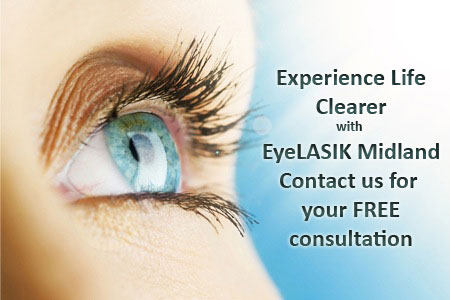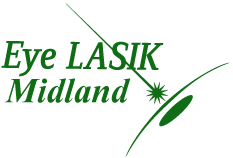Eyesight naturally changes as we age. As we grow older, our eyes go from being able to refocus easily to having a harder time seeing detail. People who used to be able to see well at distances and close up in their 20s will need glasses for reading by their mid-40s. But while glasses can help, there’s another category of eye problems that post 50s may unwittingly be making worse: eye disease.
The most common eye diseases all increase with age starting at about age 40 to 50. The prevalance of glaucoma, cataracts and dry eye begin to present themselves over the age of 40. Caught in time these problems can be addressed before they cause severe vision loss, but there are a number of behaviors that can hurt aging eyes more than they help them. Here are five ways you’re hurting your vision:
1. Smoking
We all know the damage smoking can do to your body, but many may not realize the effect the bad habit has on your eyes. It can increase your risk of suffering from cataracts and retinal diseases that lead to vision loss. It also makes existing eye problems — age-related macular degeneration, cataracts and optic nerve damage worse. Smoking affects circulation. As we get older, life forces tend to challenge our circulatory systems — add smoking to it and it’s even worse. That’s because having healthy circulation of blood to your eyes means your eyes are getting the oxygen and nutrients they need to prevent eye diseases and eye stress.
2. UV Exposure
Similar to how it causes damage to the skin, UV light damages your DNA which leads to cellular damage. The body has repair mechanisms, but over time these damages accumulate and the body can’t compensate after a certain point. You can see damage to the surface structures and the deep structures of your eye, like your retina.
3. Accidental, Everyday Trauma
From playing sports to handling everyday chores like mowing the lawn, protecting the eyes should be high priority.
4. Not Taking Proper Care Of Your Overall Health
Things like managing your cholesterol and blood pressure can improve your eyesight and contribute to eye health. These things all contribute to eye health. If the person has high blood pressure, they’re at a higher risk for having damage to the eye that can lead to vision loss. There are certain eye diseases associated with diabetes and high blood pressure.
5. Computers and iPads
Though the effect technology has on our eyes has been well-documented, but people still seem to forget. When people do concentrated near work they tend to not blink as often as when they’re doing more active activities. Your eye is focused on one spot for a long time, and your eye muscle may fatigue and feel a sense of strain.
There are several ways you can take control of your eye health:
Make an appointment for an eye exam.
Many people take their good vision for granted. Unless they have a problem, they don’t think about what they should do to get their eye health looked at. Without that eye exam it’s difficult to identify a problem and treat it. So much of blindess and vision loss is preventable, but the key is early detection.
Practice good eyecare safety at work and at play.
Wear sunglasses that have UV protection. When picking your shades, make sure you look at pairs that block 99-100 percent of UVA and UVB light, along with other eye-protecting features, according to WebMD. Also make sure to invest in a pair of safety goggles to keep twigs, leaves and other debris from your eyes during household chores like mowing, or if you have a labor-intensive job.
Nutrition
Nutrients that are found in green leafy vegetables and omega-3 fatty acids seem to be particularly helpful for dry eye problems. The good news is that the same diet that helps your heart is probably also good for your eyes. A diet low in fat and rich in fruits, vegetables and whole grains can pay benefits not only to your heart but to your eyes.


